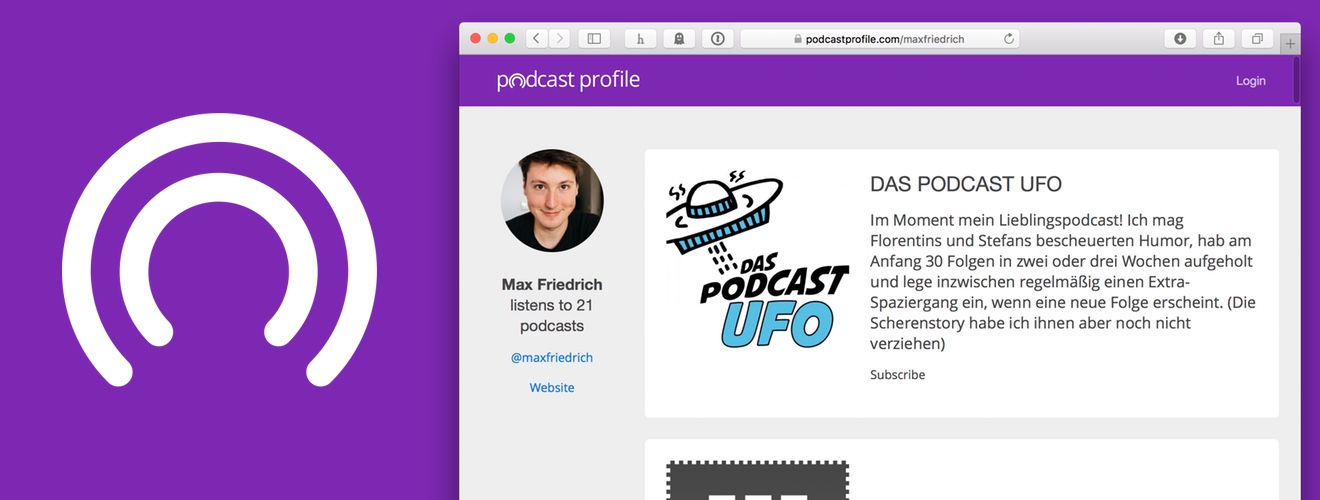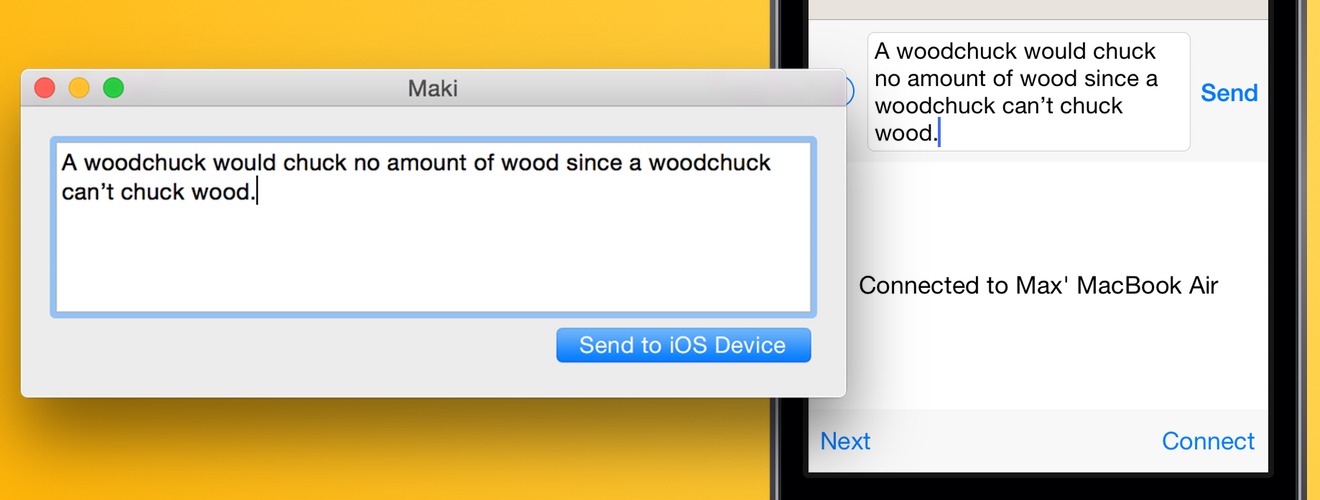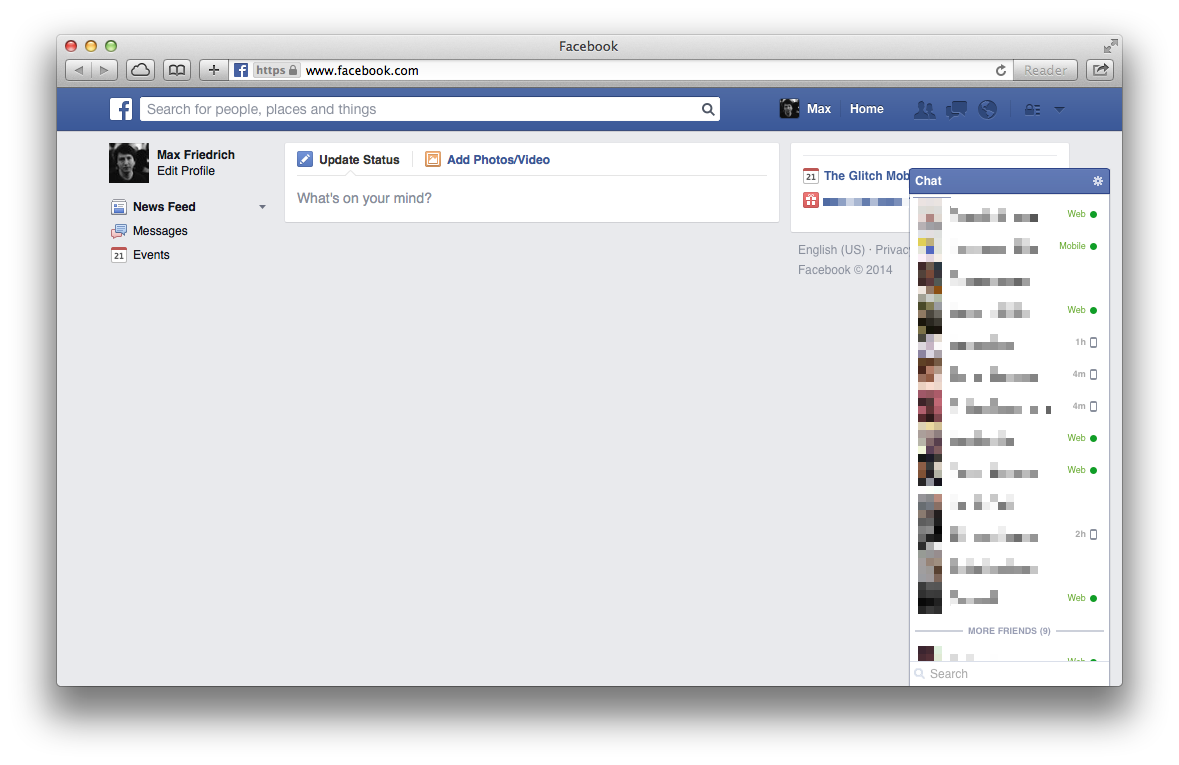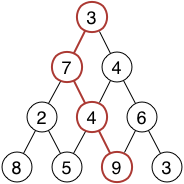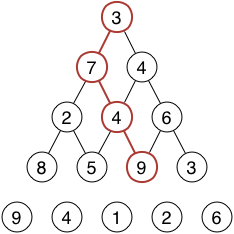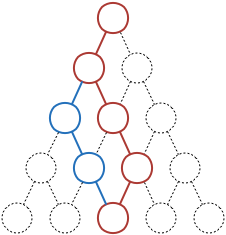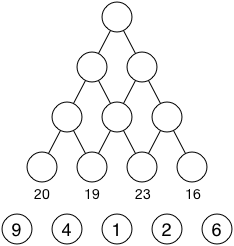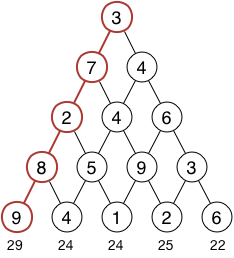Building Python Lambda Functions in CDK with uv
(Jump directly to the code on GitHub: https://github.com/maxfriedrich/uv-lambda-cdk-example)
This post shows how to deploy AWS Lambda Python functions from a uv workspace with CDK.
We build a custom construct based on uv sync that can be used as a replacement for the aws-lambda-python-alpha PythonFunction construct.
Update 2025-02-15: with a small hack it’s also possible to build Docker Lambda assets with this approach, see Docker Lambda Functions.
Setup
In our example, we use a workspace with a layout like this:
.
├── cdk
│ ├── app.py
│ ├── cdk.json # all default options
│ ├── pyproject.toml
│ └── python_lambda_function.py
├── packages
│ ├── demo-common # common code used in the Lambda packages
│ │ ├── pyproject.toml
│ │ └── src
│ │ └── demo_common
│ │ └── __init__.py
│ ├── demo-lambda1 # package with a Lambda handler in lambda_function.py
│ │ ├── pyproject.toml
│ │ └── src
│ │ └── demo_lambda1
│ │ ├── __init__.py
│ │ └── lambda_function.py
│ └── demo-lambda2
│ └── ...
├── pyproject.toml
└── uv.lock
The main pyproject.toml configures the workspace:
[project]
name = "uv-cdk-demo"
version = "0.1.0"
[tool.uv.workspace]
members = ["packages/*", "cdk"]
The Lambda packages’ pyproject.toml configure their dependencies, e.g.:
[project]
name = "demo-lambda1"
version = "0.1.0"
requires-python = ">=3.11"
dependencies = [
"demo-common",
"orjson>=3.10.12",
]
[build-system]
requires = ["hatchling"]
build-backend = "hatchling.build"
[tool.uv.sources]
demo-common = { workspace = true }
Note that the Lambda packages are Python libraries created with uv init --lib demo-lambda1, not apps.
We can use a single lockfile and virtual environment for local development because there are (fortunately) no conflicts between the packages’ dependencies. The Lambda assets will however only include the dependencies they need.
The CDK code is written in Python as well.
It can be executed from the same virtual environment, which is very convenient.
We use a custom PythonLambdaFunction construct to build Lambda .zips.
Building a Lambda .zip
With this setup, building a Lambda function .zip means syncing the dependencies for one package into a temporary location and using lib/python3.11/site-packages as the Lambda code asset:
UV_PROJECT_ENVIRONMENT=/tmp/... \
uv sync --package {package_name} \
--frozen \
--no-dev \
--no-editable \
--python {python_version}
This command needs to be run on the same platform and architecture as the Lambda function, e.g. for a x86_64 Lambda function, we can use a x86_64 GitHub Actions runner on Ubuntu but not a x86_64 MacBook running macOS.
As far as I can tell, there is no way to use uv sync to create an environment for a different platform or architecture.
See #8935, #9350 for additional discussion regarding building Lambda assets.
In CDK, we can provide a local bundling class that attempts bundling and fails fast if it’s not possible, like when the architecture doesn’t match. If local bundling is not possible, CDK falls back to Docker bundling. On recent Docker Desktop, running images with different architectures is not a problem, on GitHub Actions you would need to set up buildx or use a runner of the same architecture as the Lambda functions.
As of December 2024, there is a bug in CDK that makes the platform=... parameter in BundlingOptions useless and always picks the system platform.
We can only work around this by using a SHA Docker image tag for the platform we want, so the component is less flexible than I’d like, i.e. we can’t interpolate the Python version into an image string like f"ghcr.io/astral-sh/uv:0.5-python{python_version}-bookworm-slim".
Making the Lambda .zip reproducible for faster deployments
If you have many small Lambda functions in your CDK app, it is desirable to not re-deploy all of them there is no code change, mainly because of deployment speed. For example, a Lambda function that is hooked up to an API Gateway and has some provisioned capacity will take around 2 minutes to deploy and especially when there are dependencies between stacks, time adds up quickly.
Reproducibility here means: building the exact same asset (byte-for-byte) and letting CDK know that it is the same (via the asset hash) so the Lambda function has an empty diff and can be left as-is.
First, we need to hash the CDK asset by the output, not input.
In our uv workspace layout with a cdk directory, we are using .. as the input path, so any change in the project directory changes the input hash.
Since building the asset is very fast with uv, it is fine for us to always build and then compare the output hash.
When using the uv sync command above with a aws_cdk.FileSystem.mkdtemp() or tempfile.mkdtemp() directory, assets are not reproducible:
- Scripts like
bin/fastapicontain the temporary path used for building in the shebang line. These scripts are not part of the.zipbut their checksums are mentioned in dist-infoRECORDfiles. - uv puts the build timestamp into
uv_cache.json.
We can avoid these problems by using a stable temporary directory for each package like /tmp/uv-demo-{package_name}-build and by setting UV_NO_INSTALLER_METADATA=1 (available since uv 0.5.7).
Making the Lambda function cold start faster with compiled bytecode
While AWS officially recommends not to compile bytecode / include __pycache__ directories in Lambda .zips, it is often done in practice to reduce cold start time (although I haven’t measured it yet myself).
When we compile bytecode with the correct Python version and architecture, the AWS Lambda runtime uses it, which can be verified by setting PYTHONVERBOSE=1 and inspecting the logs.
To compile bytecode eagerly with uv, we can pass uv sync ... --compile-bytecode.
This creates __pycache__ directories with .pyc files for all packages.
All .pyc files contain the temporary directory for debugging (figuring out which file bytecode corresponds to).
Since we made it stable before and it is not used when executing the code, we can ignore this.
The bytecode also contains the timestamp when files were last modified, which we can bypass by setting SOURCE_DATE_EPOCH.
We can’t set it to 0 (= January 1, 1970) because hatchling (uv’s default build backend as of December 2024) complains that .zip only supports timestamps after 1980, so we picked an arbitrary value 444444444 (= February 1, 1984) in this example.
The value you choose does not matter because if SOURCE_DATE_EPOCH is set, the bytecode is created with hash-based instead of timestamp-based invalidation, so the timestamp is not written to the bytecode header.
If you’re curious about bytecode, I recommend playing around with the show_pyc script from coverage.py – e.g. using
uv run \
https://github.com/nedbat/coveragepy/raw/refs/heads/master/lab/show_pyc.py \
packages/demo-lambda1/src/demo_lambda1/__pycache__/__init__.cpython-311.pyc
Putting it all together
In a CDK stack, we configure a Python Lambda function like this:
PythonLambdaFunction(
self,
"Lambda1",
package_name="demo-lambda1",
handler="demo_lambda1.lambda_function.lambda_handler",
)
The construct is (slightly simplified):
def build_asset_command_and_env(
package_name: str,
output_path: str,
architecture: _Architecture, # named tuple that maps between Lambda, Docker, and Python "spellings" of architectures
python_version: str, # e.g. "3.11"
) -> tuple[list[str], dict[str, str]]:
# Always use the same path per package to ensure that paths in the output are stable
tmp_path = os.path.join("/tmp", f"uv-demo-{package_name}-build")
commands = [
# Ensure we are on the correct architecture
'[ "$(uname -m)" = {architecture} ]'.format(architecture=architecture.platform_machine),
# Create a virtual environment with the package's dependencies
"uv sync --package {package_name} --frozen --no-dev --no-editable --compile-bytecode --python {python_version}".format(
package_name=shlex.quote(package_name), python_version=python_version
),
# Copy the virtual environment's site packages to the output path
"cp -r {src} {dest}".format(
src=os.path.join(tmp_path, "lib", f"python{python_version}", "site-packages", "."),
dest=os.path.join(output_path.rstrip("/"), ""),
),
]
command = ["bash", "-c", " && ".join(commands)]
env = {
"UV_PROJECT_ENVIRONMENT": tmp_path, # stable temporary path for reproducible dist-info and bytecode
"UV_NO_INSTALLER_METADATA": "1", # don't write uv data that includes timestamps to dist-info directories
"UV_LINK_MODE": "copy", # files should be copied, not linked
"SOURCE_DATE_EPOCH": "444444444", # for hash-based bytecode, 0 is not allowed because zip requires timestamps after 1980
}
return command, env
class PythonLambdaFunction(aws_lambda.Function):
def __init__(
self,
scope: Construct,
construct_id: str,
path: str,
package_name: str,
handler: str,
**kwargs,
):
command, env = build_asset_command_and_env(
package_name,
output_path="/asset-output",
architecture=ARCHITECTURE,
python_version=PYTHON_VERSION,
)
super().__init__(
scope,
construct_id,
code=aws_lambda.Code.from_asset(
path,
asset_hash_type=AssetHashType.OUTPUT, # decide hash based on output (default: based on input)
bundling=BundlingOptions(
image=DockerImage.from_registry(BUNDLING_DOCKER_IMAGE),
environment=env,
command=command,
# The platform we provide here is ignored by CDK https://github.com/aws/aws-cdk/issues/30239
platform=ARCHITECTURE.docker_architecture,
local=UvLocalBundling(package_name),
),
),
handler=handler,
runtime=LAMBDA_RUNTIME,
architecture=ARCHITECTURE.lambda_architecture,
**kwargs,
)
The local bundling checks the system platform and architecture before attempting to run uv sync:
@jsii.implements(ILocalBundling)
class UvLocalBundling:
def __init__(self, package_name: str) -> None:
self.package_name = package_name
super().__init__()
def try_bundle(self, output_dir: str, *args, **kwargs) -> bool:
if sys.platform != "linux" or platform.machine() != ARCHITECTURE.platform_machine:
return False
try:
command, env = build_asset_command_and_env(
self.package_name,
output_path=output_dir,
architecture=ARCHITECTURE,
python_version=PYTHON_VERSION,
)
run_command(command, env=env)
except RuntimeError as e:
return False
return True
See https://github.com/maxfriedrich/uv-lambda-cdk-example for the full code! The repository also includes Github Actions integration and a script to call Lambda functions for testing.
What is missing
The PythonLambdaFunction construct only supports uv workspaces where packages are Python libraries (uv init --lib), not apps because the .zip is built only using the site-packages directory.
To support Python apps (uv init --app), we would need to copy the package contents into the asset output directory afterwards.
The construct is written in Python, so it can’t be used e.g. from TypeScript but my hunch is that it should not be too hard to translate (maybe with some LLM help).
Let me know if it works for you and if you use a component like this in your CDK setup!
Docker Lambda Functions
CDK builds Docker Lambda functions a little differently, which makes this approach not work out of the box.
Instead of performing the bundling (“creating the asset”) step at synthesis time, CDK only computes the input path hash and uses it to decide if the function needs to be built and re-deployed.
Since the input path we use above is .., it will change and therefore re-deploy all the time.
The key to making CDK not re-deploy is making the input directory exactly represent the Docker image contents. For this, we can almost exactly reuse the .zip asset object we build above (PR).
To create the Docker asset, we first create a .zip asset with lambda_code.bind(scope), then copy the Dockerfile into the asset’s directory in cdk.out and use it as an input directory for a Docker asset:
def python_docker_lambda_code(...):
asset = lambda_code.bind(scope)
asset_dir = os.path.join(
"cdk.out",
f"asset.{asset.s3_location.object_key.removesuffix('.zip')}"
)
shutil.copy(dockerfile, asset_dir)
return aws_lambda.Code.from_asset_image(
directory=asset_dir,
build_args={"PYTHON_VERSION": python_version},
...
)
This is of course a little bit hacky and not how you’re intended to use CDK but it works for me. YMMV!
